The Rise of Modern Classics: Why 1980s–2000s Cars Are Becoming the New Collector Favorites
The world of classic car collecting is undergoing a major shift. While vintage icons from the 1950s to the 1970s—like the Chevrolet Bel Air or Jaguar E-Type—still hold their legendary status, there’s a noticeable change in what car enthusiasts are searching for, restoring, and investing in. Vehicles from the 1980s, 1990s, and early 2000s are quickly gaining recognition as the new generation of classic cars. Welcome to the age of the modern classic.
What Are Modern Classics?
Modern classics are vehicles that aren’t old enough to be vintage by traditional standards but are no longer in production and have gained collectible status due to cultural significance, limited production, performance specs, or nostalgic value. Think Toyota Supra Mk4, Mazda RX-7 FD, BMW E30 M3, or Ferrari 550 Maranello.
While the exact definition can vary, many collectors and auction houses now consider cars from 20–40 years old as fair game for classic status. These vehicles offer a compelling mix of analog driving feel with modern touches—before the age of touchscreens, EVs, and software updates.
Why Modern Classics Are Exploding in Popularity
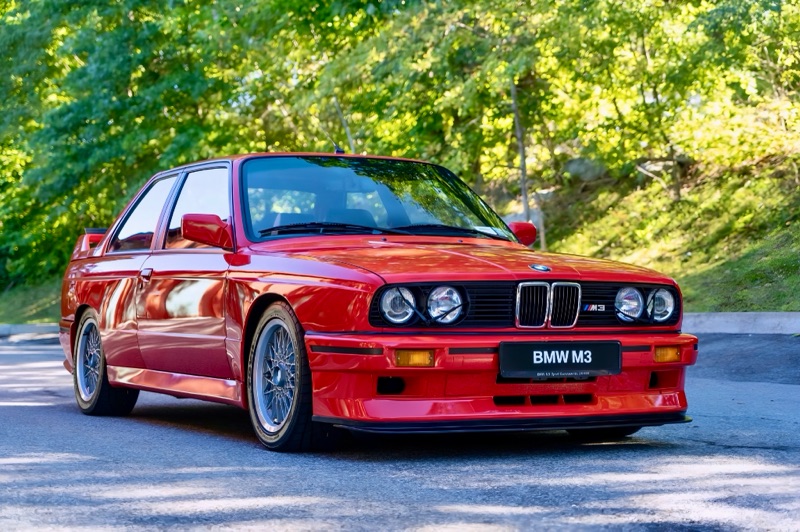
1. Generational Shift in Nostalgia
People in their 30s and 40s—the new wave of collectors—are drawn to the cars they dreamed of as kids. These are the vehicles they saw in Gran Turismo, Need for Speed, and The Fast and the Furious. For Millennials and younger Gen Xers, cars from the ‘80s to early 2000s represent a golden era of unique design, tuner culture, and emotional connection.
Examples:
- Nissan Skyline GT-R R34 (immortalized by Paul Walker)
- Acura NSX (Honda’s Ferrari-killer)
- Toyota MR2 SW20 (the budget exotic)
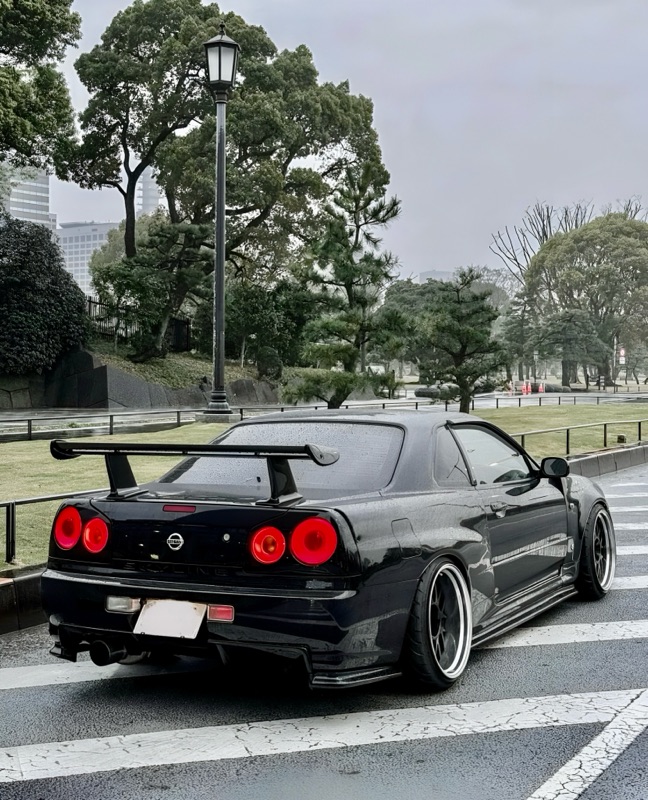
2. Affordable (for Now)
Compared to high six-figure vintage Ferraris or Shelby Cobras, many modern classics are still within reach for the average enthusiast—though prices are rising rapidly.
In 2015, you could buy a clean Mazda RX-7 FD for $18,000. In 2025, the same car can fetch over $60,000 at auction. Similarly, E46 BMW M3s have doubled in price since 2020.
Modern classics provide an entry point into the collector world without breaking the bank—if you act fast.
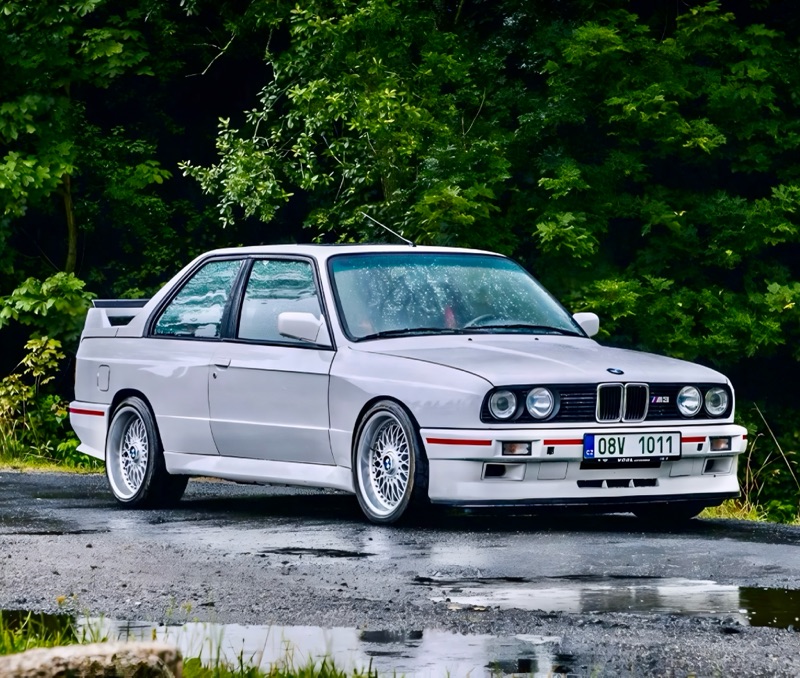
3. Rising Investment Value
Collectors have started treating modern classics as financial assets. Auction houses like Bring a Trailer, Collecting Cars, and Cars & Bids have dedicated sections for 80s–2000s classics, and the sell-through rates are impressive.
According to Hagerty, the collector index for 1990s sports cars has outpaced traditional classic growth metrics since 2021.
Top rising models in 2024–2025:
- BMW M2 CS (limited-run modern driver’s car)
- Lexus LFA (F1-inspired V10 unicorn)
- Honda S2000 CR (track-ready roadster with cult following)
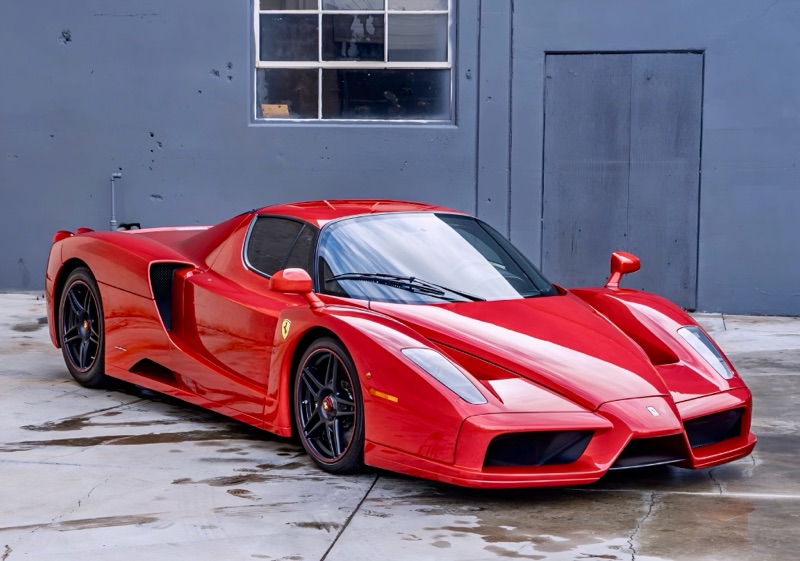
Cultural Influence: From Screen to Street
The influence of movies, music videos, and gaming culture cannot be overstated. Cars like the Mitsubishi Lancer Evolution, Nissan Silvia S15, or Toyota Chaser JZX100 rose to fame not through concours events—but from drifting videos, street racing forums, and anime like Initial D.
Streaming platforms have revived interest in the cars from 20–30 years ago. Search queries spike every time a Fast & Furious installment drops or a YouTuber like Doug DeMuro or Larry Chen features a 90s icon.
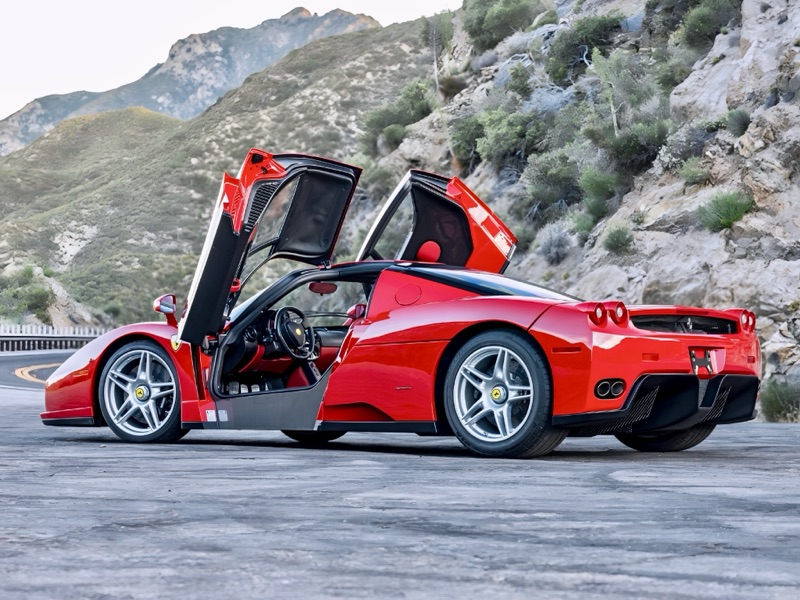
Online Auctions and the New Market Landscape
In 2024, the number of cars sold via online auction platforms doubled those sold at live auctions. Sites like:
- Bring a Trailer
- Cars & Bids
- Rad For Sale
- P-Car Market
…are the new arenas for car trading. The benefit? A global market with detailed listings, video walkarounds, and instant bidding. Rare Euro-spec cars and JDM imports are now within reach of U.S. buyers thanks to import laws (especially the 25-year rule).
Collector Trends to Watch
✅ JDM Imports Flooding the Market
As more 90s Japanese cars become eligible for import under the 25-year rule, the U.S. is seeing a flood of RHD cars—many of which were previously unavailable. Enthusiasts are grabbing:
- Nissan Pulsar GTi-R
- Subaru Legacy GT-B
- Toyota Aristo V300
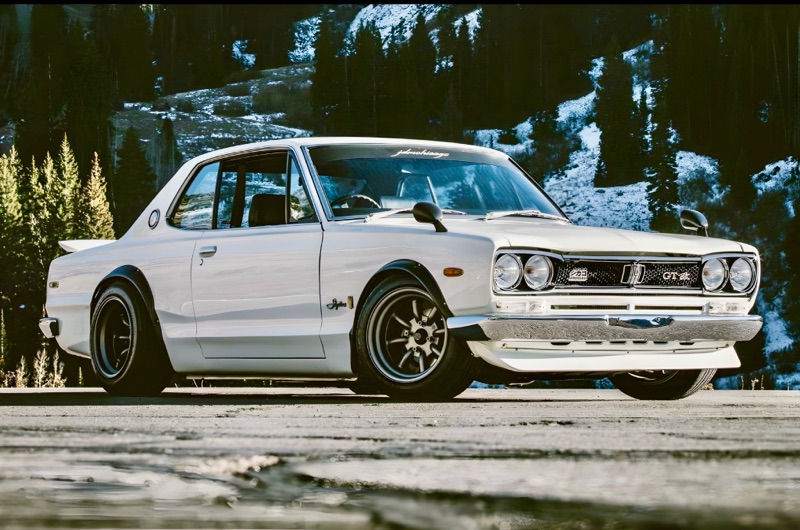
✅ Manual Transmission Premium
Manual gearboxes are increasingly rare in modern cars. Older performance models with three pedals now command serious premiums. A manual BMW E39 M5 or Porsche 996 911 Carrera can fetch more than their automatic counterparts by 20–40%.
✅ OEM+ Builds and Period-Correct Restorations
Instead of full custom mods, there’s a growing appreciation for OEM+ builds—cars kept close to stock with tasteful upgrades. Think BBS wheels, Recaro seats, and factory paint jobs.
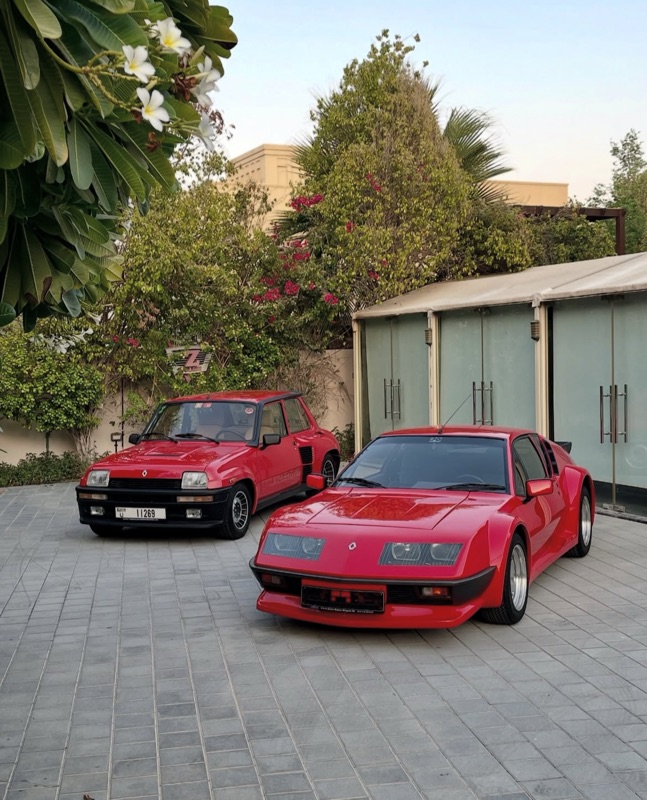
Top 10 Modern Classics to Watch in 2025
Here’s a list of models gaining traction among enthusiasts and investors:
| Rank | Model | Why It Matters |
| 1 | Toyota Supra Mk4 | Turbocharged legend, iconic styling |
| 2 | BMW E30 M3 | Motorsport pedigree, analog feel |
| 3 | Nissan Skyline GT-R R34 | JDM icon, limited global availability |
| 4 | Acura NSX (NA1) | Honda reliability, Ferrari styling |
| 5 | Mazda RX-7 FD | Rotary magic, timeless curves |
| 6 | Porsche 996 911 | Affordable 911, rising fast |
| 7 | Honda S2000 | High-revving, precision handling |
| 8 | Lexus SC300/400 | Supra under the skin |
| 9 | Subaru Impreza WRX STI | Rally roots, turbocharged fun |
| 10 | Mitsubishi 3000GT VR-4 | AWD, twin-turbo tech showcase |
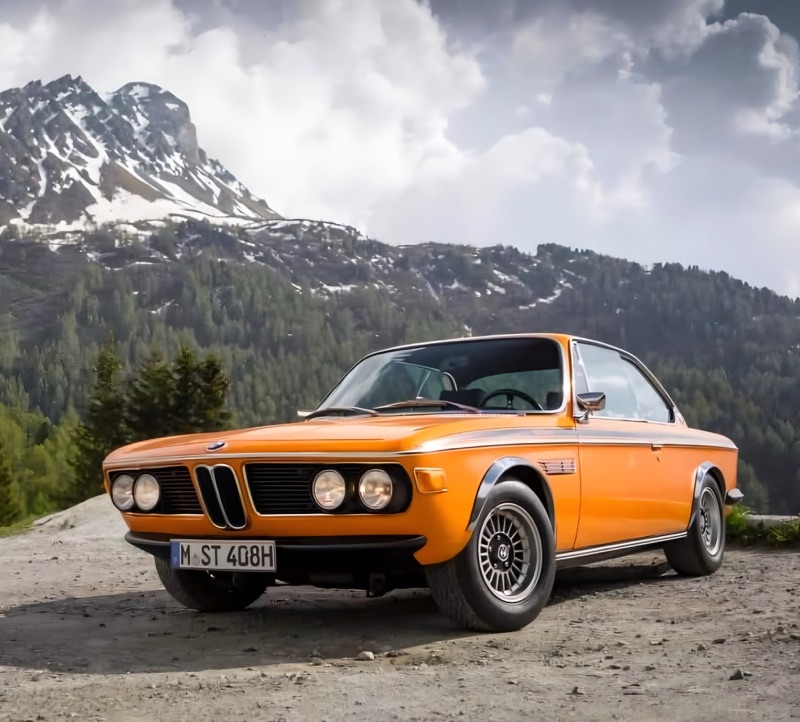
Final Thoughts: Embracing the Modern Era of Collecting
The automotive collector world is no longer just about chrome bumpers and carburetors. It’s about nostalgia, design language, analog experiences, and cultural impact.
Whether you’re a seasoned collector looking to diversify or a new enthusiast seeking your first classic, the world of modern classics offers the perfect bridge between the past and present.
And remember—today’s used car might be tomorrow’s six-figure auction star.
Comments
Post a Comment